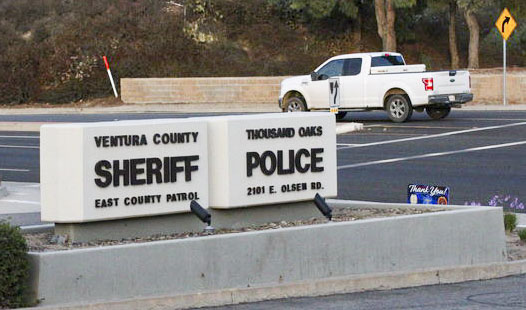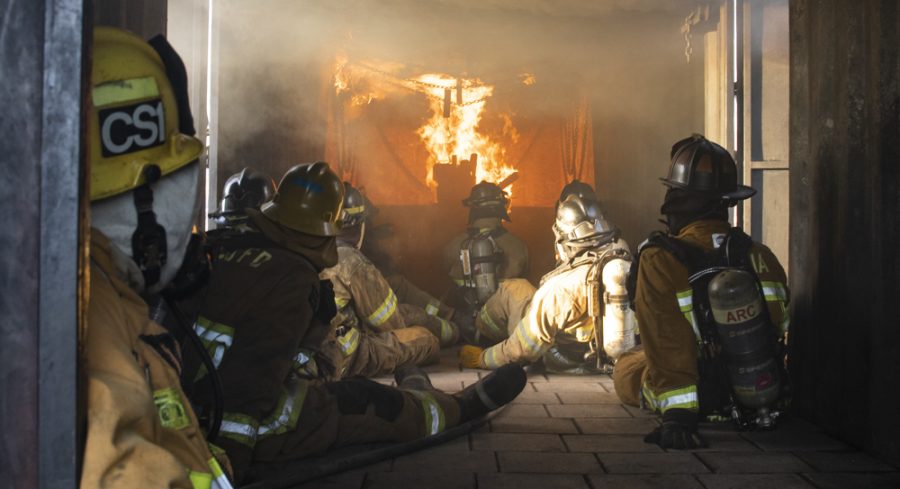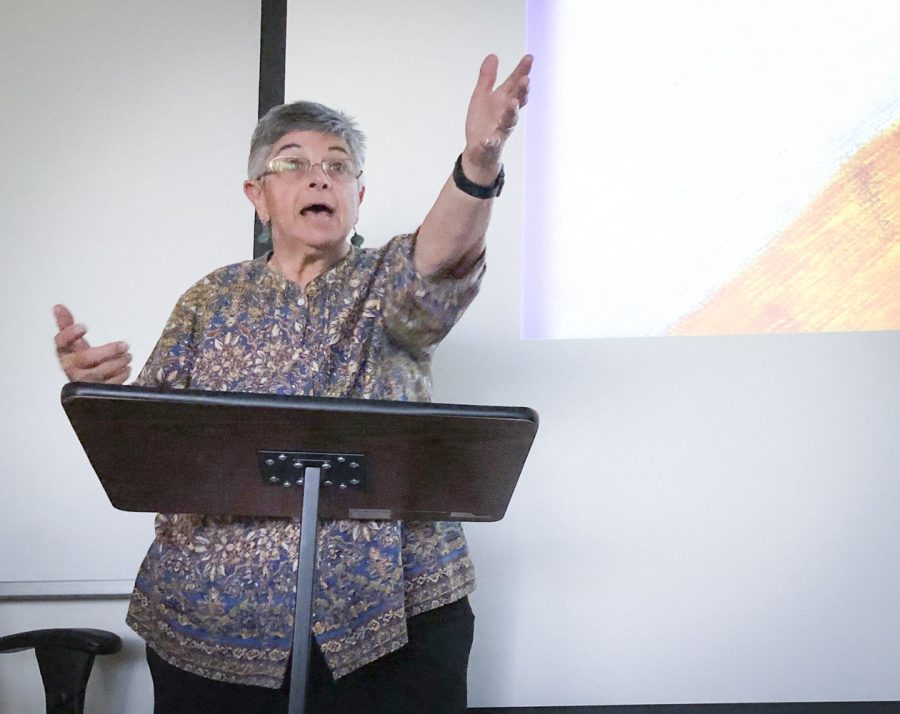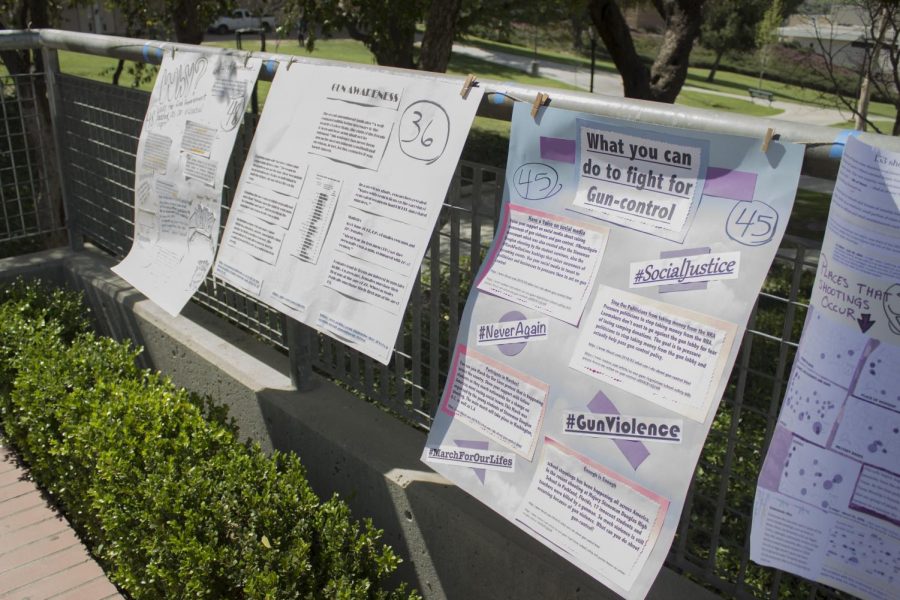The U.S. Supreme Court ruled in the 1969 case of Tinker v. Des Moines School District that “it can hardly be argued that either students or teachers shed their constitutional rights to freedom of speech or expression at the schoolhouse gate.” Yet, 44 years later, students are still being suspended, expelled and even arrested for exercising their constitutional rights in their public college or university.
According to a non-profit watch dog, Freedom For Individual Rights in Education, over 62% of the 409 schools they surveyed last January maintain speech codes which they refer to as “red light:”: codes that severely restrict free speech beyond the legal requirements.
Universities enforce these codes based upon a vague understanding of the U.S. Supreme Court’s ruling Perry Education Association v. Perry Local Educators’ Association.
Yes, it is reasonable that students shouldn’t be able to run across the dorms yelling “Fire!” It is also unreasonable and dangerous, to allow students to juggle fire on top of the roof. But these codes are unnecessary. It is common sense not to do that. Most schools codes regarding safety already prevent that. The problem is that schools often use time, place, and manner to hide speech they disagree with. The full ruling states, “The State may also enforce regulations of the time, place, and manner of expression which are content-neutral, are narrowly tailored to serve a significant government interest, and leave open ample alternative channels of communication.” For example, at a public meeting they may restrict public comments to written form after a certain period of time has passed.
There is no significant government interest in limiting free speech at a university. Administrators believe and promote moral relativism to avoid conflicts. They want everyone to be happy and get along. But it is thru debate that one challenges what they know and learn. Codes that ban “offensive language” essentially ban education. Everything is offensive to someone and something. Some demonstrations are troubling; take for instance photos of animal cruelty. In United States vs. Stevens the Government tried to enforce a ban on graphic pictures but the U.S. Supreme Court reasoned, “The First Amendment itself reflects a judgment by the American people that the benefits of its restrictions on the Government outweigh the costs. Our Constitution forecloses any attempt to revise that judgment simply on the basis that some speech is not worth it.”
A University’s goal should be to disseminate knowledge. Knowledge should, in turn, cause one to re-evaluate one’s deeply held believes. If one is not offended then one hasn’t been exposed to new facts and didn’t learn a thing. It is only in examining both sides of an argument that one comes to a logical concussion.
Moorpark College’s policies demanding “civility and mutual respect” and Pierce College’s “respect for diversity” sound nice, however, when your speech can get you punished, most students will be quiet, especially with excessively broad policies like those.
Our society is very polarized with the two political party system. Most people only consume arguments they agree with. Conservatives watch conservative commentators like Bill O’ Riley, liberals watch liberal commentator’s like Rachel Maddow. In college you choose and pay to be there because you want an education. While mutual respect is important one should be able to reasonably separate “I hate this philosophy” from “I hate you.” A good conversation doesn’t need to be one that wins one over but rather helps the other to understand where one is coming from. We must have controversial arguments on sensitive issues. Throwing problems under a rug does nothing to solve them.
According to FIRE, speech codes are on the decline because of students taking a stand to protect their basic rights. If your school has such codes, challenge them. It is time we as students stop learning about the constitution and start living it! We are not a red America or a blue America; we are a nation of red, white and blue. It is time we let all ideas be discussed and debated in the market place of ideas, our college and university systems.





